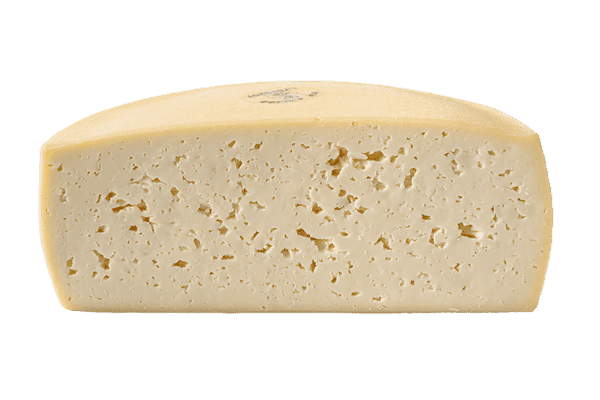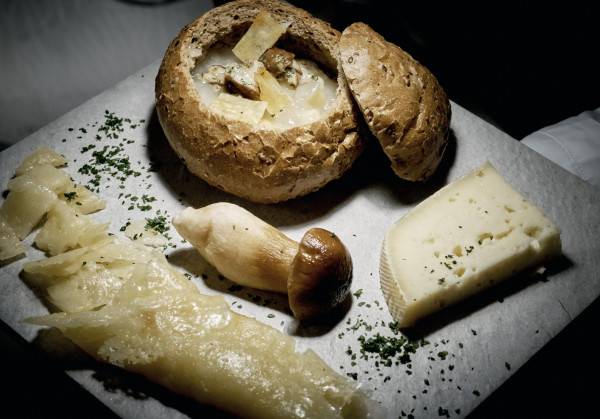
- Starter
Sweet tartlets with dried tomatoes with Asiago
Find out more
At least 40 days of refinement at controlled temperature and humidity.
White or creamy gold, with marked, irregular holes. White or creamy gold, with marked, irregular holes. In time, it changes and tends to become creamier.
Sweet and acidic, with pleasing, intense aromatic accents.

Qualità nutrizionali

Find out more

Find out more
© Copyright 2022 ©CONSORZIO TUTELA FORMAGGIO ASIAGO| P.IVA / CF: 00703580241 | Privacy Policy | Cookie Policy